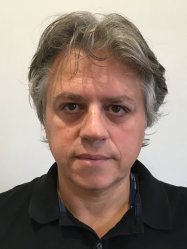BibTex format
@article{Nakajima:2022:10.1007/s00464-021-08650-4,
author = {Nakajima, K and Mintz, Y and Nickel, F and Arezzo, A and EAES, Technology Committee},
doi = {10.1007/s00464-021-08650-4},
journal = {Surg Endosc},
pages = {3340--3346},
title = {The EAES intellectual property awareness survey.},
url = {http://dx.doi.org/10.1007/s00464-021-08650-4},
volume = {36},
year = {2022}
}

